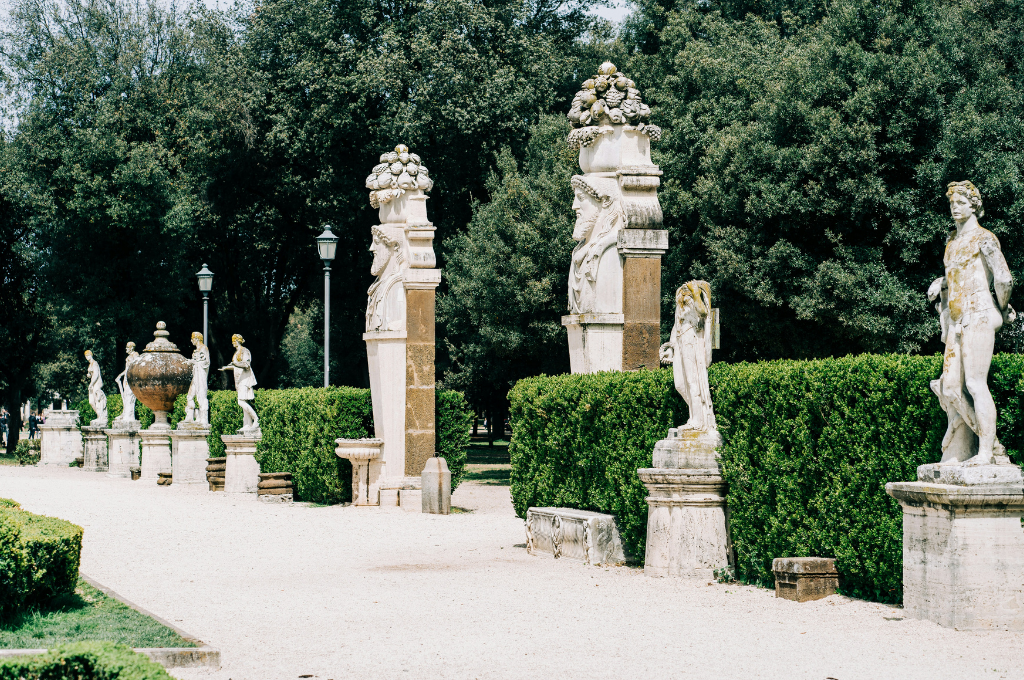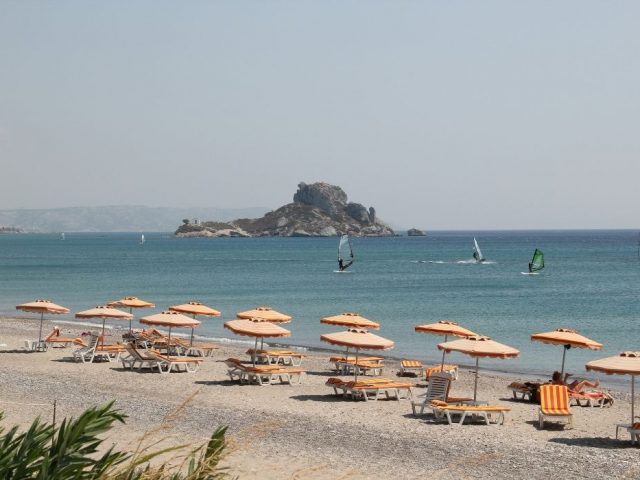The Eternal City boasts a rich history spanning over a millennium. Rome is a treasure trove of art, culture, and ancient wonders. As one wanders through the city, the museums of Rome beckon like chapters in an epic narrative. Each of these chapters reveals a piece of the city’s storied past. From the grand halls of the Vatican Museums to the cozy galleries of Palazzo Doria Pamphilj and the archaeological marvels within the Capitoline Museums… They show a captivating exploration of artistic mastery, historical richness, and the enduring legacy of a civilization that played a major role in shaping the course of history.
Vatican Museums
The Vatican Museums are one of the most extensive art collections in the world. It has over 70,000 works of art. The collection spans from ancient civilizations to contemporary art. The Sistine Chapel within the Vatican Museums is famous for Michelangelo’s masterpiece ceiling frescoes. The iconic “Creation of Adam” is part of this stunning artwork.
The Vatican Museums house an impressive collection of Egyptian artifacts, including mummies, statues, and hieroglyphics. Pope Gregory XVI established the collection in the 19th century.
Borghese Gallery and Museum
The museum is in Villa Borghese, a former vineyard estate that was transformed into an elegant villa for the Borghese family. The villa and its gardens are now a public park, offering a serene setting for art enthusiasts. The Gallery features several masterpieces by Gian Lorenzo Bernini, a prominent Baroque sculptor. Notable works include “Apollo and Daphne” and “David,” showcasing Bernini’s exceptional skill in capturing dynamic and dramatic moments in marble.
The portrait of Pauline Bonaparte as Venus Victrix, by Antonio Canova, is also a highlight of the museum. This neoclassical masterpiece depicts Napoleon’s sister as the goddess Venus.
Reminder: Don’t forget to download the Piri Guide to explore Rome step by step with your personal tour guide! 😊
Piri Guide detects your location, offers you the best travel routes, and starts telling you the hidden stories of wherever you are. All you have to do is to get your headphones or earbuds and follow the path at your own pace. Then, don’t set out for your trip before downloading the digital travel guide!
Palazzo Doria Pamphilj
It is a private palace in Rome and serves as the home to the Doria Pamphilj family. The palace exhibits its extensive private art collection. Palazzo Doria Pamphilj features an impressive collection of portrait busts by Gian Lorenzo Bernini, one of the leading figures in Baroque art. The palace also includes a private chapel, the Chapel of the Sacred Heart
The Doria Pamphilj family has a rich history dating back to the 15th century. The palace has been passed down through generations, and today, Prince Jonathan Doria Pamphilj oversees the family’s heritage and art collection. While still a private residence, Palazzo Doria Pamphilj opens its doors to the public. You can experience the palace and enjoy its remarkable collections.
Capitoline Museums
The Capitoline Museums on Capitoline Hill are the world’s oldest public museums. The design of the Capitoline Museums’ buildings and layout was influenced by the great Renaissance artist Michelangelo. He played a significant role in shaping the design of the square and the surrounding buildings. One of the most famous exhibits is the equestrian statue of Roman Emperor Marcus Aurelius. The statue is a bronze replica, with the original located in the museum to protect it from the elements.
Within the museums, there is a room dedicated to the Roman poet Ovid. It is a collection of sculptures and inscriptions about Ovid’s life and works.
National Roman Museum
The National Roman Museum is not a single building but is across multiple locations in Rome. Notable sites include Palazzo Massimo alle Terme, Palazzo Altemps, Crypta Balbi, and the Baths of Diocletian. As one of the largest public baths in ancient Rome, the Baths of Diocletian houses sculptures, fragments, and artifacts from the expansive complex.
Crypta Balbi provides insights into the layers of Rome’s history. It illustrates the evolution of urban development over time. It explores the changes in architecture and daily life from antiquity to the medieval period.
You may also like the Most Famous Palaces in Europe!




